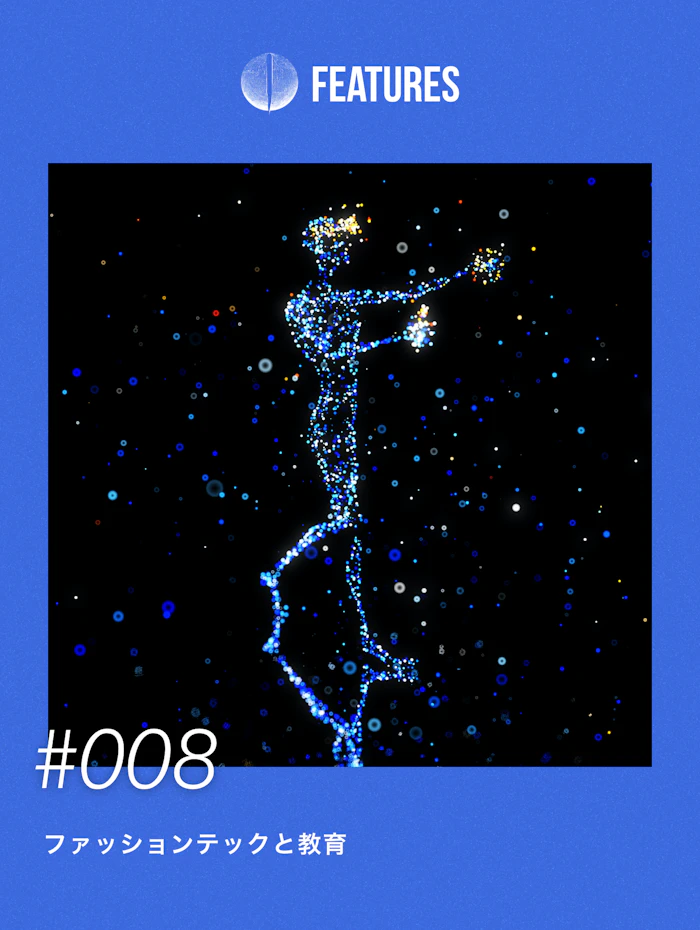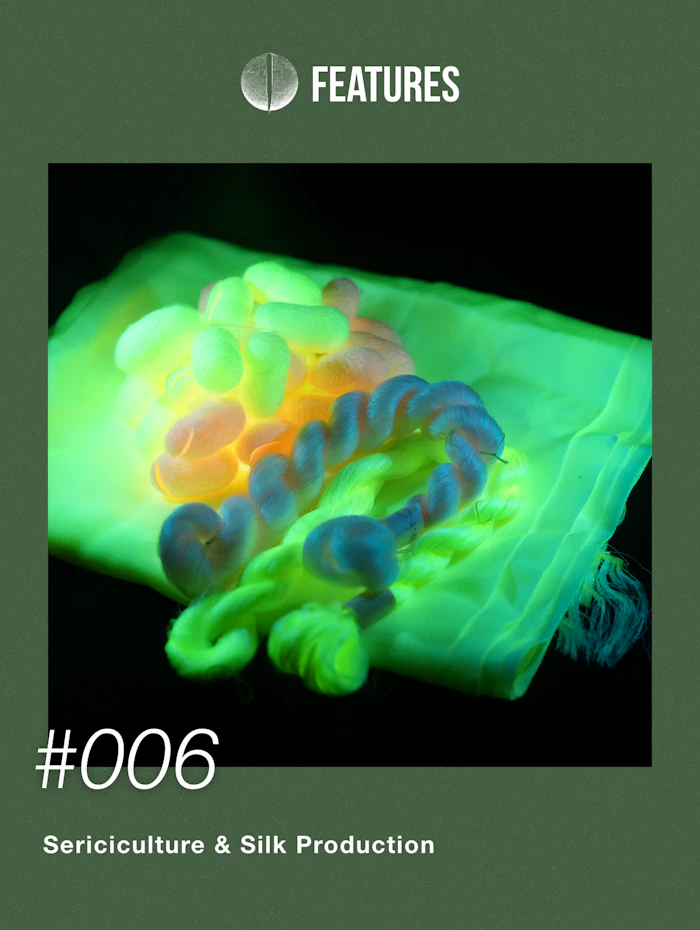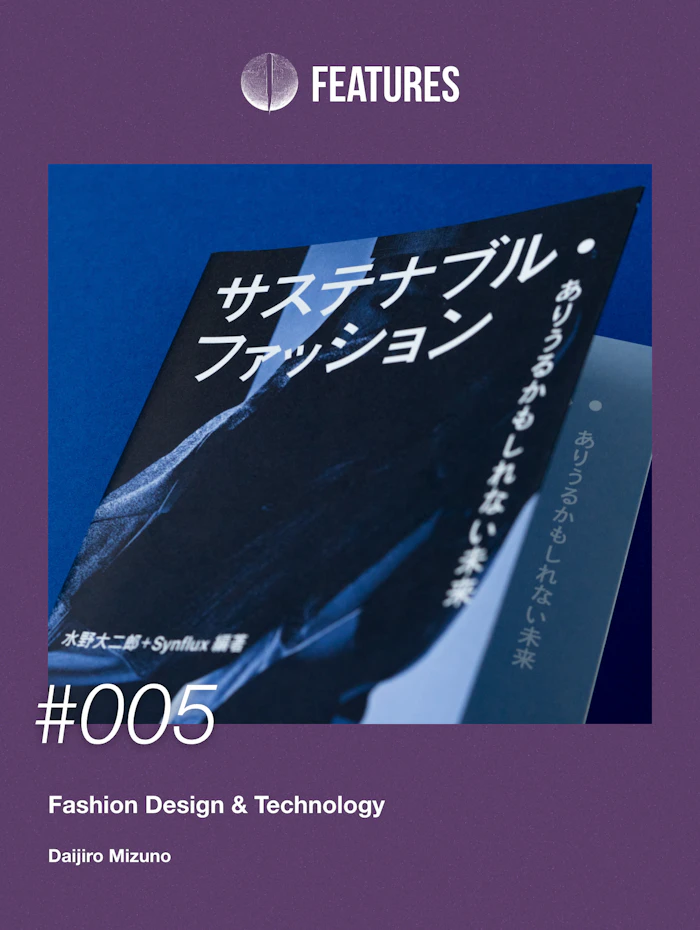12.29MON
SPECIAL CONTENT
FEATURES
Hair Story: The Era Reflected in Hairstyles
Hair serves as a mirror, reflecting our aesthetic values, cultural perspectives, and the times we live in. In this special feature from Fashion Tech News, we focus on hairstyles, which are said to influence around 80% of the impressions we form about people, and delve into their rich, intricate world. We will explore the evolution of hair from ancient civilizations to modern society, and the near future shaped by the latest technologies, examining it from multiple perspectives.
In this feature, we will investigate the history of hair through four lenses: history, culture, science, and the future. We have conducted interviews with the Pola Cultural Research Institute, which has explored the history of hair over many years; Hoyu General Research Institute, known for its innovative product development; Milbon Central Research Institute, a leader in the hair care industry; and Perfect Company, which proposes next-generation hair care solutions. Join us as we uncover the story of how hair has evolved as a means of expressing beauty.
The Future of "Kawaii"
"Adult kawaii," "cutesy kawaii," "creepy kawaii"—these are various forms of "kawaii" (meaning "cute") abound in our daily lives. In the early 2000s, Lolita and girly fashion took the world by storm, and in the past decade or so, "kawaii" has become the center of trends in character and idol genres. Recently, the concept of "kawaii" has even become a subject of research in robotics, and has diversified over time. Where is "kawaii" headed next? In this special feature, we will explore the "future of kawaii" from various perspectives including psychology, the idol industry, trends, and technology.
Fashion Tech & Education
In this Fashion Tech News feature project, we will consider “Fashion Tech and Education. X-Tech,” the trend of creating new value, systems, and businesses by combining technologies such as AI, IoT, and Big Data with existing businesses in existing industries, has been gaining attention in the fashion industry as well. In response to this trend, fashion-related vocational schools and universities are increasingly integrating technology into fashion education by offering new courses and classes related to fashion tech and virtual fashion. What are the objectives of these educational institutions? And what kind of people are they trying to send out into the industry? What are the challenges and the possibilities? We will consider these questions together with the voices of those involved in the front lines of education.
Fashion Law
In this Fashion Tech News feature project, we will think about “Fashion Law." Fashion law is a field of law that deals with various legal issues related to fashion, and is attracting a great deal of attention amid the development of globalization and information technology. In Japan, the Ministry of Economy, Trade and Industry (METI) launched the “Study Group on Fashion Futures – Fashion Law WG” and published the “Fashion Law Guidebook 2023: New & Basic Knowledge to Open Up the Future of Fashion Business” in 2023 as a result. The guidebook compiles practical information that should be known from the perspective of fashion law, and has attracted a great deal of attention, especially from industry insiders. In this special issue, we discuss the so-called “Imitation” issue, which was a major topic in the Fashion Law Guidebook, as well as issues of concern in the field, such as how fashion brands and designers should relate to fashion law, together with the vice chair of the study group, Miyuki Ebisawa, an attorney at Mimura Komatsu Law Firm. The panelists discuss these issues together with Miyuki Ebisawa, an attorney at Mimura Komatsu, who served as vice chair of the Study Group.
Sericiculture & Silk Production
In this special feature of Fashion Tech News, we focus on sericulture and silk production to ponder the changes affecting the silk industry. Once upon a time, from the opening of Japan's ports in the early Showa era before World War II, sericulture, which produces the cocoons that serve as the raw material for Japan's raw silk, was a major industry supporting the country's modernization. There was a time when Japan's raw silk boasted the world's top production and export volumes. However, approximately 150 years have passed since the symbolic Tomioka Silk Mill, a symbol of modernization, began operations in 1872 (Meiji 5). The number of sericulture households, which peaked at 2.21 million, has now dwindled to a mere 163. Likewise, raw silk production, which was once over 750,000 bales (1 bale = 60kg), has plummeted to 168 bales. With the advent of synthetic fibres, such as nylon, price competition with cheap foreign raw silk, and the slump in demand for traditional Japanese attire domestically, the share of domestically produced raw silk is less than 1%. Therefore, in this special feature, we will look back at the historical changes related to sericulture and silk production based on data, and consider the issues and potential of sericulture and raw silk in the future, along with voices from the field.
Fashion Design & Technology
In this special feature on Fashion Tech News, we will consider the evolution of fashion design and the surrounding technology landscape. With the environmental impacts and business challenges that the fashion industry is grappling with, current initiatives involving technology for sustainable solutions and novel fashion designs are being explored. Not only established fashion corporations but also tech companies, startups, and other organizations are gaining more attention each year for their expansive contributions across various sectors. These include AI and tech-assisted apparel production, development of eco-friendly materials using biotechnology, entry into the worlds of the metaverse and digital fashion, and more.
In this feature, we will reflect on the 2010s, when these initiatives began to seriously take off, and together with Daijiro Mizuno, a professor at the Center for the Possible Futures of Kyoto Institute of Technology and author of "Sustainable Fashion" published in September this year, we will discuss what the future of fashion design and technology should look like.
Cities and Media: Past, Present, and Future
In this special feature of Fashion Tech News, we will contemplate the relationship between urban environments and media. Robert E. Park described the patterns of diverse cultures intersecting in cities as a 'mosaic', not simply a collection of people, facilities, or precision work, but a 'state of mind'/ 'assembly of organized attitudes and emotions'. Currently, our surrounding media environment is undergoing digital transformation, resulting in significant changes in urban culture. Various companies are also driving the development of virtual communication platforms, namely metaverses, giving rise to a new ecosystem that departs from traditional urban culture. The effects of these changes may influence the consumption of media content, the deployment of advertisements, and the methods and venues of buying and selling products. In this special feature, we will broadly capture the changes taking place in urban and media environments and consider the past, present, and future of consumer culture and the ecosystem that surrounds it, along with Yutaka Iida, a media researcher and associate professor at the Department of Industrial Sociology, Ritsumeikan University.
Body/Clothing & Functionality
In this special feature on Fashion Tech News, we're exploring the relationship between body adornments and the body itself. Marshall McLuhan, famous for his media theory, viewed various items in our physical environment as tools for extending the body. Clothing, too, can be seen as an extension of the skin—a plug-in to enhance the skin's functionality. Furthermore, everything we wear isn't just about clothing; it all serves to help unlock our body's potential. In a world where advanced technology ties into smart textiles, prosthetic limbs, sportswear, and more, all of which are rapidly evolving, shouldn't this be another topic for us to consider through a fashion lens? In this feature, we will reflect on the roles of clothing among wearable objects, and their interaction with the body. We explore these topics in collaboration with Keen Endo from Xiborg Corporation, a researcher in the field of robotics and prosthetics.
Words & Images: Data Surrounding Fashion
This special feature in the Fashion Tech News focuses on the intersection of language, data, and fashion. Text in fashion magazines has been articulated as "written clothing" by Roland Barthes, author of "The Fashion System," highlighting that words, along with visual images, play a vital role in fashion. However, with the rise of image-centric social media platforms like Instagram, it seems there has been a shift in the way that words and images circulate in the world of fashion compared to the era when magazines dominated the scene.
Further, the emergence of data science in the industry now enables a deeper understanding of individual preferences, trend analysis, and demand forecasting. In this, language also becomes a significant component of the data used to dissect fashion trends. Isn't it time we reconsidered the distinct attributes of words and data revolving around fashion?
In this feature, we join hands with Hirofumi Ashida, a fashion researcher who published "Words and Clothing" in February of this year. We will delve into the nature of words and data, their implications on how fashion is interpreted and the potential impacts they could have in the future.
Cycles of Life: The Past & Future of Apparel
Fashion Tech News's inaugural feature focuses not just on the state-of-the-art tech often associated with the term "technology," but also revisits the historical endeavors of how humans and non-human entities have co-created attire, under the overarching theme of fashion and life. The history of fashion is the history of technological evolution. Spinning thread, weaving fabric, transforming them into garments with needles and threads, and mending them when they're worn out could all be deemed as forms of tecnology. In today's apparel industry driven by mass production, technology is intimately linked with issues such as overproduction and mass disposal. Cutting-edge tech might be in a phase of learning from traditional life cycles and exploring ways to become more sustainable forms of tecnology. While revisiting the history of apparel in this special report, we'll bridge the past and the future of fashion technology and contemplate what's to come alongside the creations of innovator Ryowa Yamage from writtenafterwards.
Feature Interview: Current State of Clothing/Body Environment
Creating, Wearing, & Delivering.
Our clothing/body environment is rapidly changing due to the evolution of technology and changes in the global environment. What does creating, wearing, and delivering fashion look like in the present day? To commemorate the renewal of Fashion Tech News, we would like to contemplate the transformations in the technical/social circumstances surrounding clothing and the body. Furthermore, we're excited to discuss the envisioned future drawn from these circumstances with insights from interviews with five individuals.
CONTACT
If you have any questions or enquiries, please enter your details in the form below.
















.png?w=400&fm=webp)


